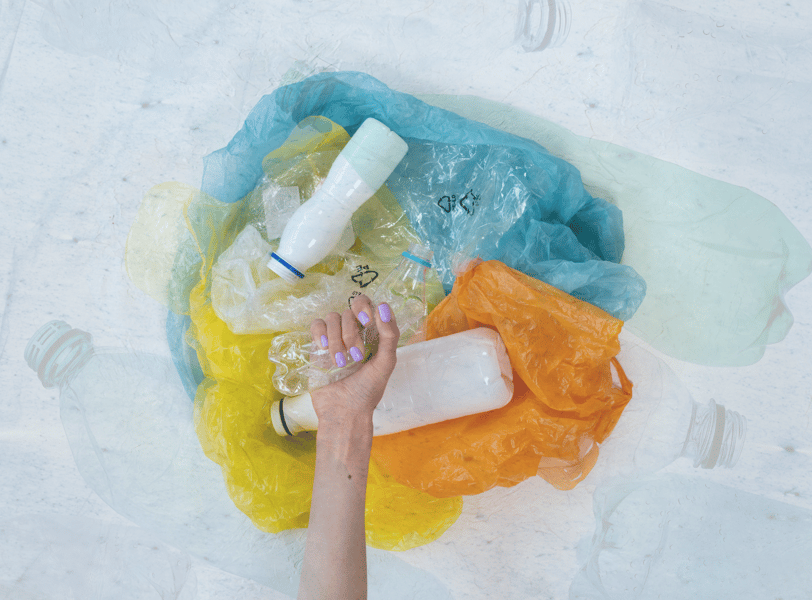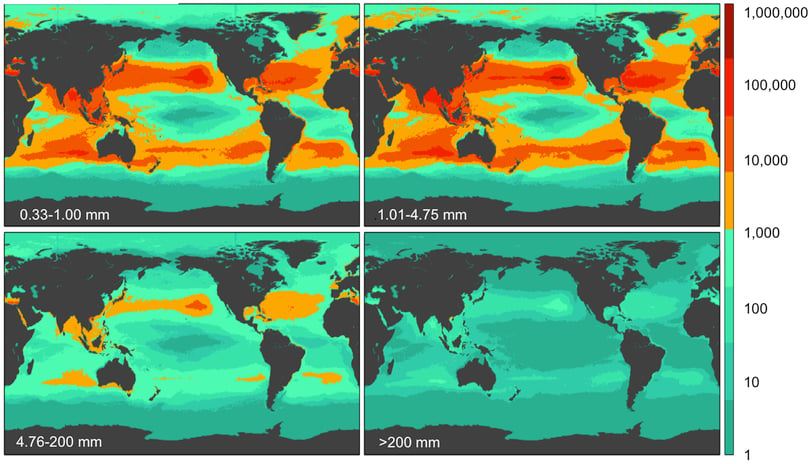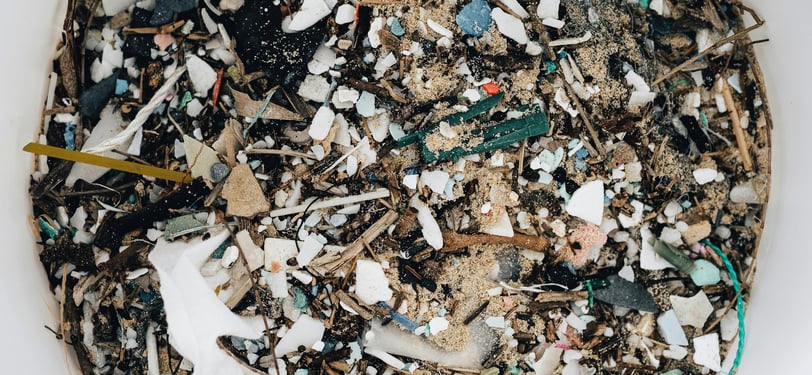Breaking the Plastic Habit: How a Plastic-Free Lifestyle Shapes Our Planet
Plastic is deeply integrated into modern life, from packaging to household goods, electronics, and even clothing. Its affordability and versatility have driven consumption to unprecedented levels. However, plastic's durability and resistance to decomposition, once seen as advantages, are now recognized as major environmental threats. In this article, we explore the hidden environmental costs of plastic and offer actionable steps toward adopting a plastic-free lifestyle, empowering readers to make sustainable choices that reduce their plastic footprint.
SUSTAINABLE LIVING


The Environmental Toll of Plastic
Production and Energy Use
Plastic production is both resource-intensive and fossil fuel-dependent. A significant portion of global oil production—about 8%—is allocated to manufacturing plastic products. The refining process also releases substantial carbon dioxide, contributing to climate change. Reports estimate that plastic production generates over 1.8 billion metric tons of greenhouse gases annually (OECD). This environmental burden is expected to rise if current production and waste management practices remain unchanged.
Waste and Pollution
Despite global recycling efforts, a staggering 91% of plastic waste ends up in landfills or polluting the environment. Single-use plastic items, in particular, have an average lifespan of less than a year but can take centuries to decompose. The waste generated by plastics is either incinerated, releasing harmful toxins into the air, or ends up in landfills and oceans, contributing to the global pollution crisis. According to a 2024 report by the UN Environment Programme, over 430 million tons of plastic are produced annually, with about 36% used in packaging. A significant portion of this waste ends up in oceans, where it harms marine life, leading to the deaths of over 100,000 marine mammals and 1 million seabirds each year (UNEP, Earth.Org).
Common Sources of Everyday Plastic
Understanding how plastic infiltrates our daily routines is crucial to addressing the issue.
Single-Use Plastics
These items, including bottles, straws, food wrappers, and containers, account for over 50% of plastic waste. They are typically used briefly before being discarded, making them a significant contributor to pollution. Approximately 1 million plastic bottles are purchased globally every minute, with most never being recycled (Kumar et al., Guardian).
Household Items
From cleaning supplies to storage containers and even textiles, household goods are often made from plastic. Synthetic fibers in textiles, such as carpets and upholstery, shed microplastics into the environment during washing. For a deeper dive into eco-friendly kitchen products, read this article on 10 Best Eco-Friendly Kitchen Products for a Greener Home.
Personal Care Products
Plastic is prevalent in personal care items such as shampoo bottles, razors, and toothbrushes. Many cosmetics also contain microbeads, tiny plastic particles used as exfoliants, which enter waterways and eventually end up in oceans.
Simple Swaps for a Plastic-Free Lifestyle
Switching to eco-friendly alternatives doesn't have to be difficult. Here are some practical replacements for everyday plastic items.
1. Reusable and Sustainable Options
Water Bottles: Opt for stainless steel or glass bottles, which are durable, non-toxic, and recyclable.
Grocery Bags: Replace plastic bags with organic cotton or jute alternatives. Many are foldable, washable, and sturdy enough to handle heavier items.
For affordable options on eco-friendly swaps, check out this post on Top 5 Affordable Eco-Friendly Products Everyone Can Afford.
Microplastics and Human Health
Plastic waste doesn’t just impact wildlife—it affects us too. As plastic degrades, it breaks into tiny particles called microplastics, which have been detected in oceans, rivers, soil, and even human bloodstreams. Shockingly, we unknowingly ingest or inhale these particles daily through water, food, and air. A 2024 study revealed that the average person consumes around 5 grams of plastic each week, roughly the weight of a credit card (WWF, Dalberg Advisors, University of Newcastle). These microplastics carry chemicals that can disrupt human endocrine systems, posing potential long-term health risks.


Ocean plastic distribution map, organized by the number of pieces. The layout progresses from left to right and top to bottom, displaying sizes from the smallest fragments (0.33–1.00 mm) to the largest pieces (greater than 200 mm). Source: Eriksen et al. (2014).


2. Zero-Waste Kitchen Solutions
Food Storage: Use silicone bags or glass containers instead of plastic wrap or bags. Beeswax wraps or fabric bowl covers are great alternatives to cling film.
Bulk Shopping: Purchase grains, spices, and other items in bulk using your own containers to cut down on plastic packaging.
If you're starting your zero-waste journey, don't miss this Beginner’s Guide to Zero-Waste Living.
3. Personal Care Alternatives
Switch to bamboo toothbrushes, which are biodegradable and compostable.
Try safety razors with replaceable blades instead of disposable razors.
Opt for solid shampoo and conditioner bars to eliminate plastic bottles.
How to Take Immediate Action
Transitioning to a plastic-free lifestyle doesn’t need to be overwhelming. Start small and gradually build sustainable habits.
1. Begin with Small, Achievable Changes
Track your plastic consumption for a week. Focus on replacing the top three single-use plastic items in your routine. For example, swap disposable coffee cups for a reusable mug. Once you’ve mastered that, move on to reusable grocery bags or metal straws.
2. Support Plastic-Free Brands
Look for companies that prioritize sustainable materials and packaging. Certifications such as B-Corp, Fair Trade, or FSC can help you identify eco-friendly brands. Recommended Brands:
Stasher: Silicone reusable bags
Ethique: Solid shampoo and conditioner bars
Bee’s Wrap: Reusable food wraps
3. Get Involved in Advocacy
Participate in local zero-waste groups or join community clean-up initiatives. Advocate for policies that reduce plastic use, such as bans on single-use plastics or requirements for companies to adopt recyclable or compostable materials.
Small Changes, Big Impact
Plastic pollution may feel like an overwhelming issue, but individual actions can spark collective change. By adopting reusable alternatives, supporting eco-conscious brands, and spreading awareness, you contribute to the larger movement toward a plastic-free world. Don’t hesitate to share this guide with friends and family, or get involved in your local community—every step makes a difference. Together, we can make lasting strides toward protecting our planet for future generations.
References:
OECD (2022), Plastic leakage and greenhouse gas emissions are increasing, https://web-archive.oecd.org/
UNEP (2023), Everything you need to know about plastic pollution, https://www.unep.org/news-and-stories/story/everything-you-need-know-about-plastic-pollution
Earth.Org (2021), How Many Marine Animals Die From Plastic Each Year?, https://earth.org/data_visualization/how-many-marine-animals-does-ocean-plastic-kill/
Eriksen et al. (2014), Plastic Pollution in the World's Oceans: More than 5 Trillion Plastic Pieces Weighing over 250,000 Tons Afloat at Sea, https://journals.plos.org/plosone/article?id=10.1371/journal.pone.0111913
WWF, Dalberg Advisors, University of Newcastle (2019), No Plastic in Nature: Assessing Plastic Ingestion From Nature To People, https://wwfint.awsassets.panda.org/downloads/plastic_ingestion_web_spreads.pdf
Kumar et al. (2021), Impacts of Plastic Pollution on Ecosystem Services, Sustainable Development Goals, and Need to Focus on Circular Economy and Policy Interventions, https://www.mdpi.com/2071-1050/13/17/9963
Guardian (2017), A million bottles a minute: world's plastic binge 'as dangerous as climate change', https://www.theguardian.com/environment/2017/jun/28/a-million-a-minute-worlds-plastic-bottle-binge-as-dangerous-as-climate-change




